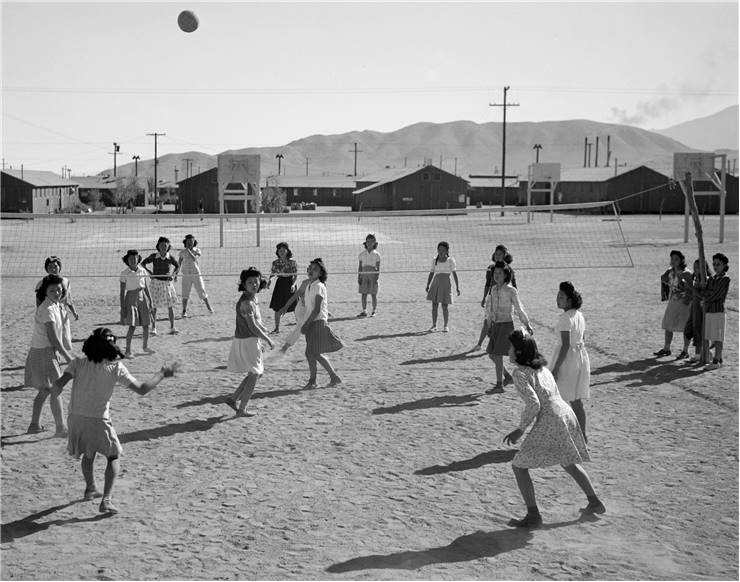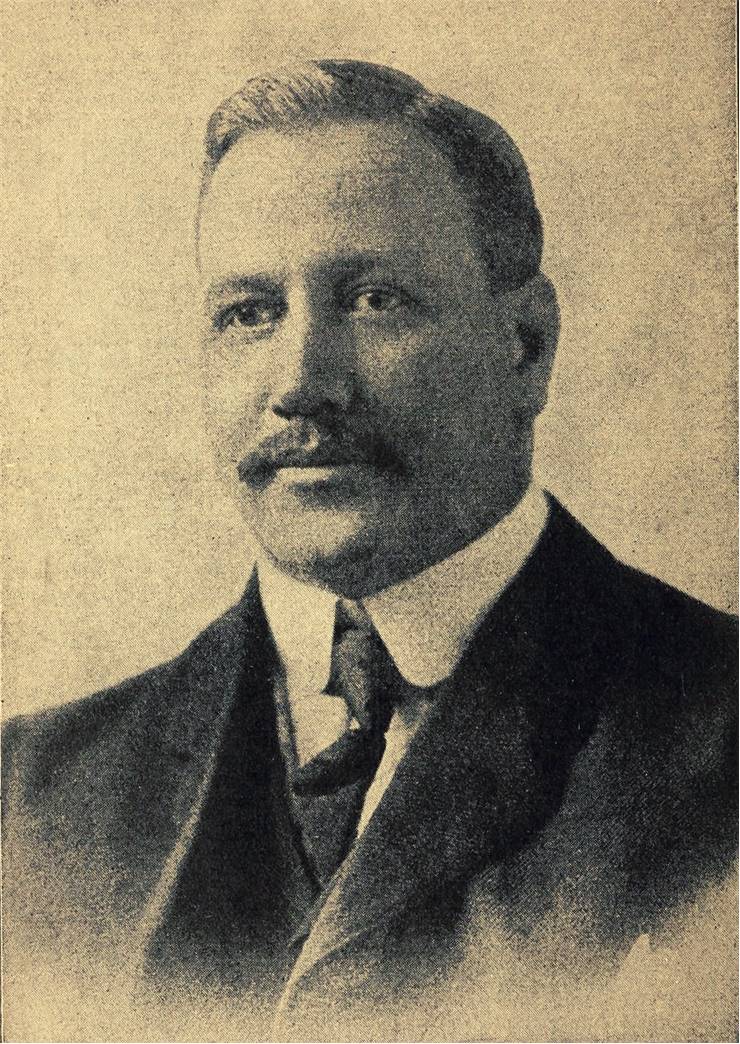History of Volleyball - Origins and Evolution of the Game of Volleyball
Introduction to Volleyball
Volleyball (originally spelled with two words” volley ball ”) is a popular sport that was originally developed by William G. Morgan, a YMCA physical education director from Holyoke, Massachusetts, United States, who wanted to develop an indoor sport that was less energetic and rough than by then recently developed basketball (invented in 1891 just 10 miles away from him in the city of Springfield, Massachusetts).
During the middle of the 20th century, the professional world of volleyball became much more organized with the arrival of Fédération Internationale de Volleyball (FIVB) in 1947, which organized the first World Championships (1949 for men and 1952 for women). In the 2nd half of the 20th century, Volleyball became very popular in Eastern Europe, Italy, the Netherlands, Brazil, China, and several other Asian countries.
Originally showcased as a demonstration event at the 1924 Summer Olympics, volleyball officially became part of the Olympic Summer Games in 1964.
Origin of Volleyball – Mintonette
After noticing that senior members of his YMCA chapter in Holyoke, Massachusetts, could not enjoy more energetic and rough games such as tennis, handball, and recently introduced basketball, physical education director William G. Morgan started devising his own set of rules for Mintonette, a precursor of modern-day volleyball.
Morgan took some elements from handball and tennis and formed the first rules for Mintonette, which were as follows:
- Match consisted of 9 innings
- Both teams had to serve three times in each inning
- No limits on the number of ball contacts
- No limits on the number of players in teams
- 25 ft × 50 ft (7.6 m × 15.2 m) court size
- Net was placed 6 ft 6 in (1.98 m) high
- One serving error was allowed
In addition to basic rules for Mintonette, Morgan also had to standardize the ball. Seeing that popular ball sizes of that time were not suited to his needs. He commissioned the creation of the new type of ball from sporting equipment company A.G. Spalding & Bros. They created smaller and lighter balls than those used in basketball (25-27 inches in circumference, with 9-12 ounces in weight).
The first exhibition match of Morgan’s “mintonette” volleyball happened in 1885, with official balls being introduced between 1986 and 1900. By the time of the First World War, American expeditionary forces managed to popularize this sport in Europe, and from there, volleyball quickly started spreading worldwide.
The name “mintonette” was not met with great enthusiasm when William G. Morgan presented the game to the public on February 9, 1895. While the present delegates were very enthusiastic about the game and its simple rules, professor Alfred T. Halsted suggested that this sport would forever change its history. He noted that the game should be called “volley ball” since the main point was to “volley” the ball over the net to the opposing team’s side of the court. Morgan agreed to that suggestion immediately.
William G. Morgan – Short Biography
William G. Morgan (1870 - 1942) was an American educator and inventor today best known as the father of “Mintonette,” a sport that, very quickly after its inception, morphed into what we know today as volleyball.
Born on January 23, 1870, in Lockport, New York, United States, he received high school education at Northfield Mount Hermon School, after which he quickly joined YMCA International Training School in Massachusetts (a facility that would later be renamed Springfield College) as a recruit of James Naismith who was right then in the process of the invention of the famous team sport of basketball. Morgan graduated and became an educator at Holyoke YMCA, where he spent several years of his career as a Director of Physical Education. Seeing the impact of basketball, in 1895, he invented a non-contact version of this sport called “Mintonette” that involved bouncing the ball between teams separated by a high net. This sport was almost immediately tuned and morphed into modern volleyball.
After success with the development of volleyball, William G. Morgan left YMCA in 1900 to pursue a business career, which he managed to do when he started working for General Electric and Westinghouse. During his business career, he always kept in touch with the educators and events held at Springfield College, where his Mintonette emerged and became a worldwide sport in just a few short years.
He died on December 27, 1942, in his hometown of Lockport, New York, at 72.
Later Developments of Tennis
As years passed, Mintonette started evolving, introducing new rules worldwide. This included three hits rule, the switch to 15 points per set, the use of volley serves, and other rules such as the inability to hit from the back row.
As volleyball spread across Europe during the First World War (US troops brought more than 16 thousand volleyballs), this sport experienced a meteoric rise in popularity worldwide. Naturally, Canada was the first country outside of the US that adapted volleyball. Still, quickly after, the sport became very popular in Brazil, the Netherlands, Italy, Spain, Eastern European countries, and Asia (especially in China). In 1947, professional volleyball bouts and tournaments became regulated by Fédération Internationale de Volleyball (FIVB).
A popular variation of volleyball also started being played at beaches. This type of outdoor play on a very soft surface promoted the use of fewer players, enabling them to engage in more energetic play that promoted jumping to reach brutal hits and falling on the sand. Amateurs played beach volleyball until 1987, when it became officially endorsed by FIVB. In just a few years, beach volleyball entered the 1996 Summer Olympics.
Volleyball as Summer Olympics Sport
Volleyball's 1st entry into the Olympic games can be traced back to the 1924 Summer Olympics in Paris. There, a demonstration match was showcased, and organizers debated whether or not they should include this sport in future games. Another more strongly presented promotion for this game was organized in 1957, which took a form of a special volleyball tournament held at the 53rd OIOC session in Sofia, Bulgaria. This event paid off, and volleyball was quickly accepted into a program for the upcoming 1964 Summer Olympics in Tokyo, Japan.
After several Olympic tournaments in which the public was disinterested in watching placement matches for non-medal positions, the form of volleyball tournament at the Olympic Games was changed in 1972 with the addition of a “final round” elimination tournament with more traditional quarterfinals, semifinals, and finals match. Over the first several Olympic competitions, the most successful nations were U.S.S.R., Japan, and Poland, who managed to surprise Soviets o 1976 by utilizing newly developed back row attack move. Other countries have reached Olympic medal positions in modern years, including Brazil, China, Serbia and Montenegro, and Cuba.
History of Beach Volleyball
Beach volleyball's origin can be traced back to Waikiki Beach in Hawaii in 1915. In the continental US, beach volleyball became popular in California and Miami during the early 1920s, most prominently in Santa Monica, where over ten clubs formed in late 1922, with the first inter-club competitions (with six players per team) starting in 1924.
More organized tournament play in the United States gained traction during 1940, while professional teams and players started competing during the 1960s. The first officially sanctioned professional beach volleyball match was staged in 1976 at Will Rogers State Beach in Pacific Palisades, California. After that moment, Pro Beach Volleyball Tour was formed, with teams playing in California m Florida, Chicago, and Colorado.
Beach volleyball gained much popularity during the 1980s, which led to this sport's eventual introduction to the 1996 Olympic Games.
Today, beach volleyball is a global sport played worldwide, with FIVB (Fédération Internationale de Volleyball) overseeing all its professional tournaments.

